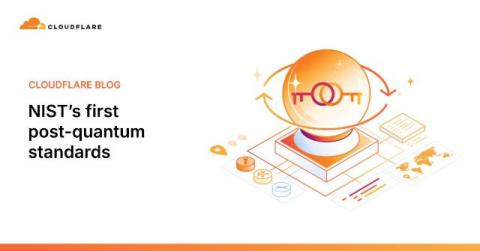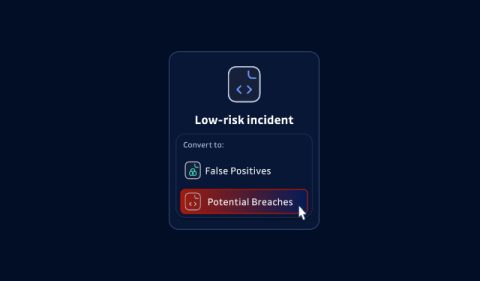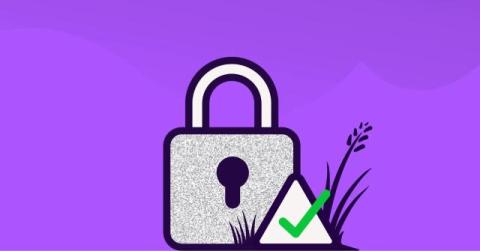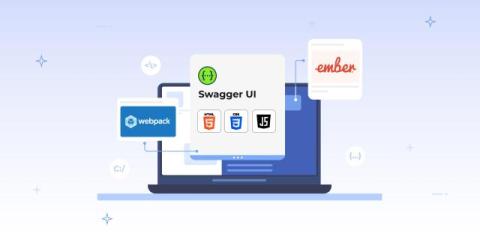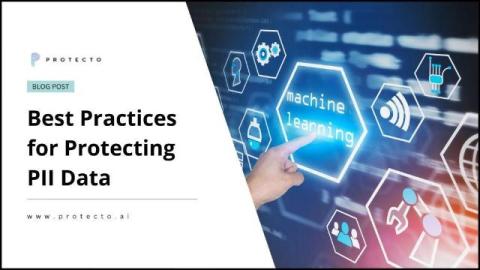Securing Infrastructure as Code: Best Practices for State Management
IT infrastructure management is a complex task. Over the years, various methods have been used to better manage corporate environments. Whether it is network monitoring, asset control, application monitoring, or any of the other infrastructure management obligations, different solutions have been attempted to make the job easier. These undertakings became even more challenging as infrastructure moved from the deceptively tidy on-premises data centers out to the cloud.





